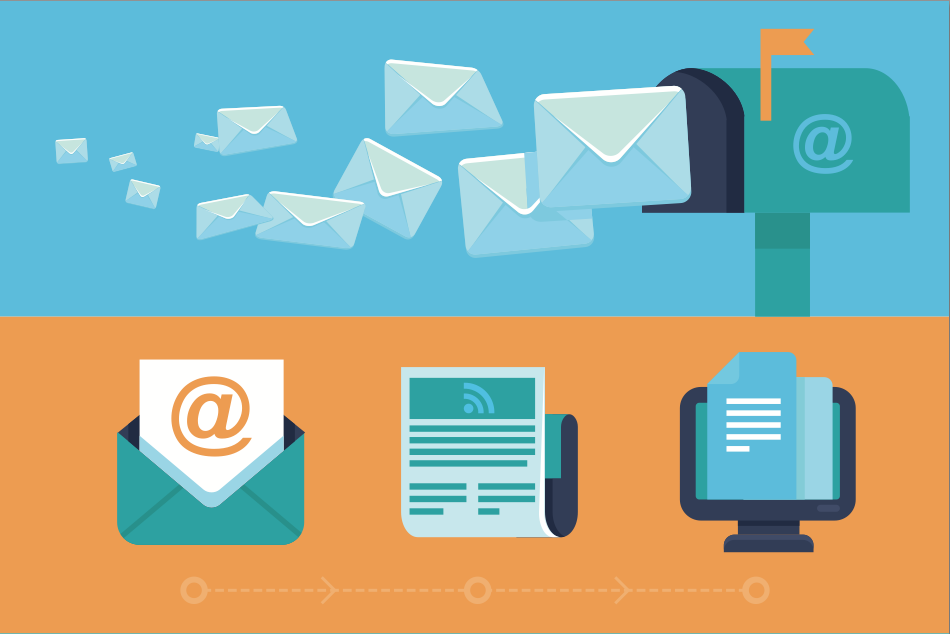Email marketing is often overshadowed by flashier marketing techniques such as social media and paid advertising. But just because it doesn’t seem as “fun” or “cool” as other methods, doesn’t mean it should be overlooked.
Email marketing is one of the oldest and most effective channels of digital marketing. If you’re asking, is email marketing effective? Consider this stat, email generates $38 for every $1 spent, which is an astounding 3,800% ROI.
So what makes email marketing effective? Here are just a few reasons:
Affordable
Most small businesses are working with a limited marketing budget. Email marketing is a great, inexpensive marketing method. It allows businesses to reach a wide audience with very little investment and significant ROI. Most email marketing platforms, such as MailChimp, offer low-cost or even free plans.
Measurable and Testable
Most email marketing platforms offer thorough analytics and data on email campaigns that you send out. Everything from the number of opens, the number of clicks, and unsubscribers can be tracked which will enable you to make adjustments and improve your email marketing.
Most email marketing platforms also allow A/B testing which enables you to send out multiple versions of an email and test which version performs better. This information will help you learn about your subscribers and figure out what they respond better to allowing you to construct more effective emails in the future.
Customizable
One of the reasons that makes email marketing effective is that emails can be customized for different groups of people on your subscriber list. This is called segmenting. Segmenting allows you to deliver more relevant emails to your subscribers based on various criteria such as their geographic location, interests, purchase history, and much more. This creates a more personalized experience for your users and will help increase the success rate of your email marketing campaigns.
Mobile Friendly
Email marketing is a great way to reach people on their mobile devices. Reading and checking emails is the most popular activity for smartphone users. Email marketing allows you to reach your subscribers instantaneously. When designing your marketing campaigns, it’s important to keep mobile users in mind and ensure your emails are mobile-friendly.
Action Oriented
One of the great things about email marketing is that it is so easy to incorporate CTAs into your email campaigns. Whether you’re looking to direct traffic to a website or encourage people to make a purchase, it’s as simple as adding a button linked to an appropriate landing page. Consumers are looking for the easiest way to take action and email marketing makes the experience hassle-free.
If your business doesn’t have an email marketing strategy in place, you’re missing out on a huge opportunity. Email marketing remains one of the most effective marketing methods.
Need help putting together your email marketing strategy? We can help with that! Cloud9’s team of experts build successful email marketing strategies designed to cultivate audiences and nurture relationships with customers and clients, with the ultimate goal of growing sales. Read more on our email marketing services here.







